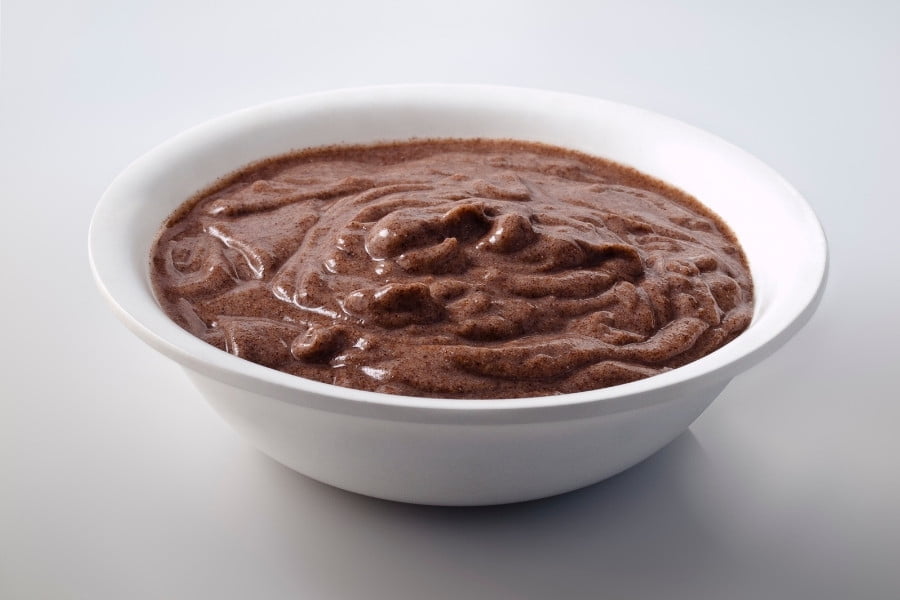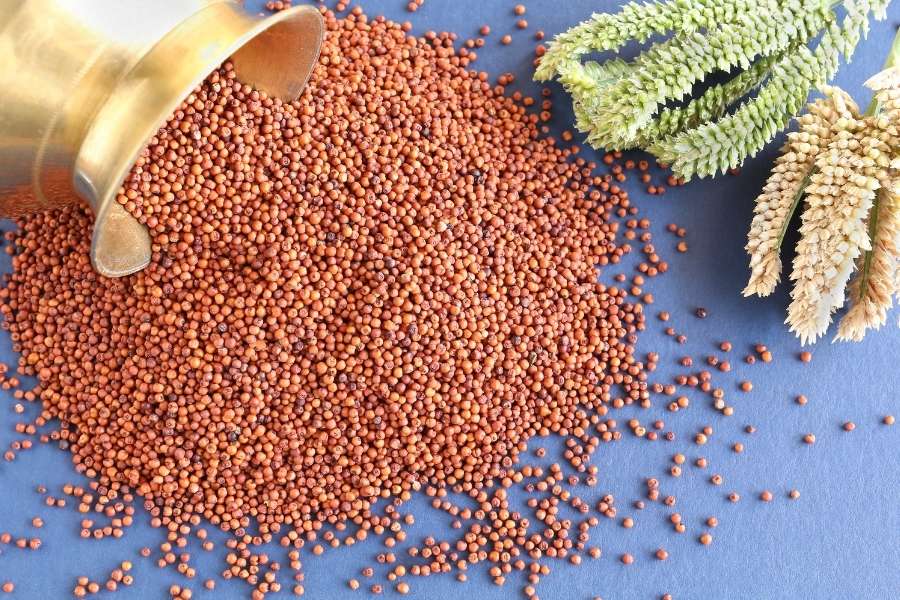About: Disadvantages of Ragi (Nachni) for Babies
A healthy diet is one of the most critical factors in a baby’s overall development. Starting early with a healthy food diet leads to a fit and hearty lifestyle. One of the most nutritious grains you can include in your child’s diet is Ragi, which is recognized as a superfood due to its numerous advantages.
There are numerous confusions and debates about ragi porridge. Let’s dispel some of these today. Is ragi porridge safe for babies? Disadvantages of Ragi for babies? Can we feed ragi during winter to babies?
What is Ragi?
Ragi (finger millet), commonly known as nachni, includes iron, proteins, and calcium in significant quantities. It requires less water to cultivate and can easily survive extreme droughts; India is the biggest producer of Ragi across the globe. It helps fight anemia by supplying your baby with the essential amino acids needed for healthy growth.
Vitamin C, which is essential for babies, helps absorb iron, and it also has a relaxing effect on babies and reduces anxiety and insomnia. Ragi is also rich in fibre and polyphenol, which helps the body resist diabetes and other diseases.
Also read: 6 Best Baby Soap for Fairness in India 2024
Is ragi porridge safe for babies?
Ragi is a popular diet for many in Andhra Pradesh, Tamil Nadu, etc. It is an excellent source of nutrition and improves immunity against common diseases. However, as mentioned earlier, it is extremely rich in amino acids and is an incredibly high-calorie diet that an adult tummy can digest. Although it is a suitable option for infants, you must be cautious about the disadvantages of ragi for babies.
5 Disadvantages of Ragi for babies?
- Ragi flour is generally steamed into ragi balls or porridge before feeding the baby. This flour is high in nutrients, but it requires longer digestion than everyday infant food.
- Use sprouted ragi if you are giving your baby ragi flour. Do not give your baby store-bought ragi flour because it will load up the kidneys. Also, avoid purchasing ragi powder because it contains many ingredients that may be harmful to your baby’s health and contains healthy unsaturated fats.
- Many mothers believe that the consumption of ragi porridge for infants during cold weather is a bad option since ragi porridge can trigger cold. However, many pediatricians suggest that ragi is a good food choice if fed in limited quantities. Ragi can be fed once every day, and a small amount of ragi won’t cause harm to the baby in cold weather.
- Ragi, which is rich in protein and calcium, is a top-quality food that can help you gain extra weight. It is an excellent option for underweight babies due to premature deliveries. Hence, if your baby’s weight is average, you can avoid ragi altogether.
- Ragi flour should not be mixed with other flour, like wheat, containing gluten. If your baby is suffering from a gluten allergy, it could cause fatality for them.
How to Prepare Ragi Porridge for Babies?

Let’s take a look at how to prepare ragi porridge for your babies. Begin by feeding her a simple, bland finger millet for a week. After she becomes accustomed to the porridge, then start preparing and feeding semi-solid porridge. If your child has difficulties digesting the food, stop serving her porridge and consult a pediatrician for advice.
Things You’ll need:
- A cup of water
- Two tablespoons of Ragi porridge powder
- One teaspoon of clarified butter or ghee
- Milk 4oz or a half cup
- Jaggery powder
Preparation of Ragi Porridge Powder:
- Rinse the ragi correctly.
- Please take off the excess water, spread it out on an unused, clean cloth, and place it in the sunlight to dry.
- After drying, you can cook the millet over an open flame until you get a smell of finger millet that has been roasted.
- Once done, place the millet on a plate to cool and turn off the gas.
- Finely grind it using a mixer grinder.
- Finally, place the ragi powder in a dry, airtight container free of humidity.
The Making of Ragi Porridge:
- Put a tablespoon of ghee into the frying pan and heat it.
- Add two tablespoons of the ragi porridge powder and sauté for approximately one minute in the hot frying pan.
- Further, add 1 cup of water.
- Add 4oz of milk.
- Continuously stir the mixture to ensure that the flour blends well with the milk.
- Ensure that there aren’t any powder lumps in the mix.
- Then add a small amount of jaggery powder to enhance the taste and keep stirring until it melts into the porridge.
- Turn off the gas when the mixture has reached a suitable consistency.
Ragi is a blessing for parents with their goal to increase their baby’s weight, and it is a life-saving food for premature babies. Following my paediatrician friend’s advice, I started my child on Ragi porridge once she had completed six months, and I have seen positive results.
One would think what the disadvantages of ragi are, but as long as the ragi flour you choose is organic or is prepared in your home, following the sprouting process, it is safe for your baby.
Also read: Know the Difference Between Lactogen vs Nan pro?
Frequently Asked Questions (FAQ)
Does ragi cause constipation in babies?
Ragi is not known to cause constipation because it is high in fibre, which eases bowel movements. However, every baby will react differently to food, so it could not be common to see babies develop constipation because of Ragi.
Can we give ragi to infants at night?
It’s better to introduce Ragi during the day as you can identify allergies quickly. If your baby is able to tolerate it, you could also feed ragi at night.
Conclusion
Well, that brings us to the end of this topic; I hope I was able to shed some light on the myths and speculation surrounding Ragi for babies, the Disadvantages of Ragi for babies, and also can we feed ragi during winter to babies? It is best to consult your paediatrician if your baby is underweight and find ways to increase the weight.
Additionally, Ragi is a rich source of dietary fibre, which is essential for proper digestion and promotes healthy weight gain. Babies who eat ragi regularly can have fewer bowel movements than their peers.
Furthermore, ragi is a gluten-free food that doesn’t cause harm to babies with allergies to gluten. With so many benefits outweighing the side effects of ragi, you can’t go wrong in choosing this wonder food for your baby!
Do let us know your thoughts and comments regarding this topic. You can check our baby foods section if you’re looking for ragi cerelac for babies. Cheers!

